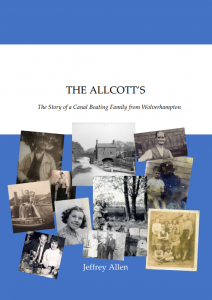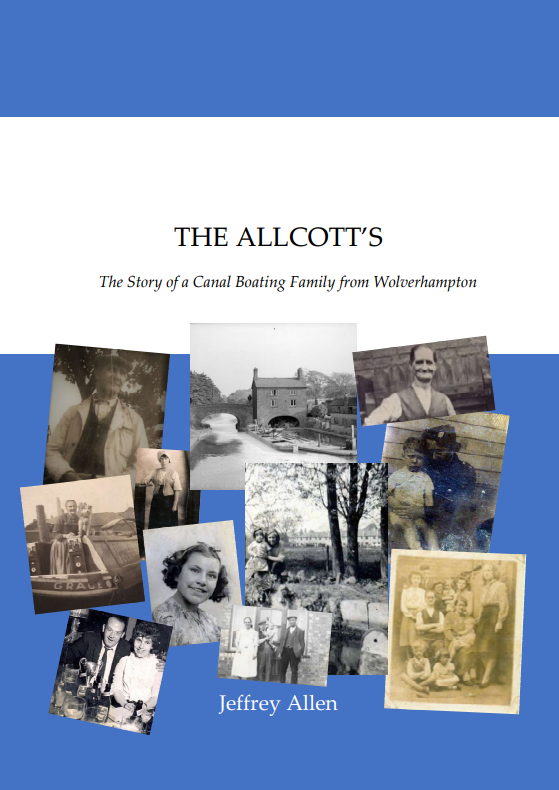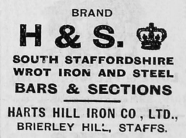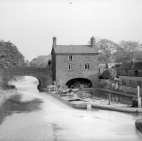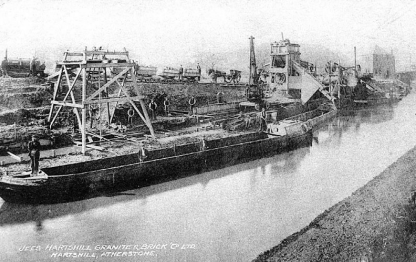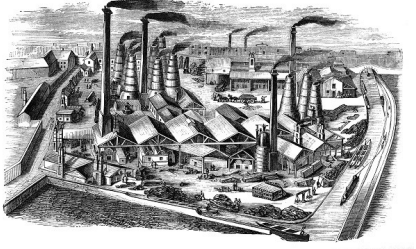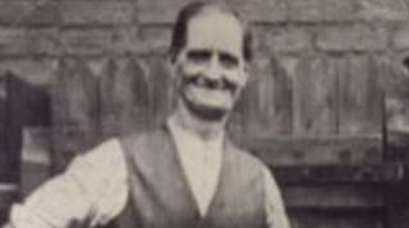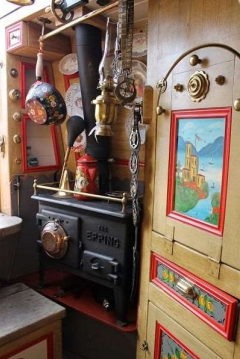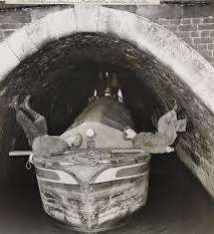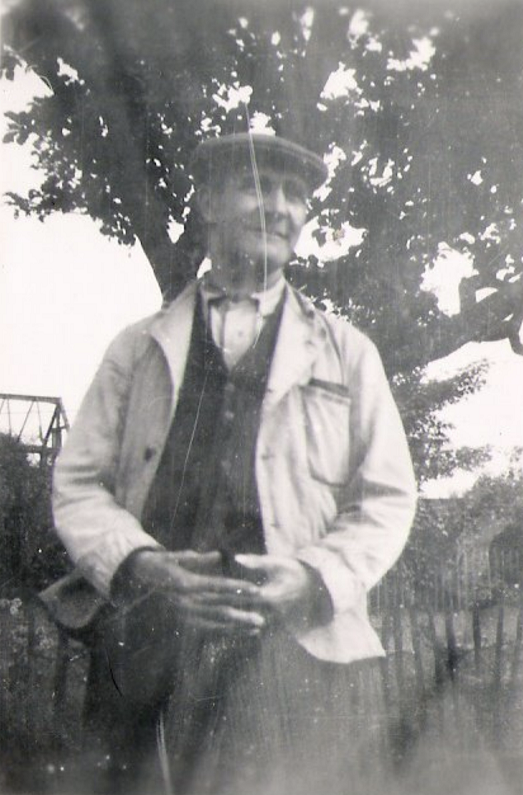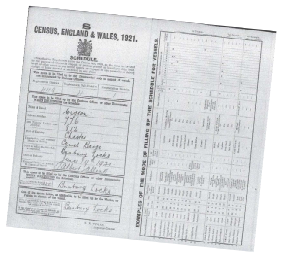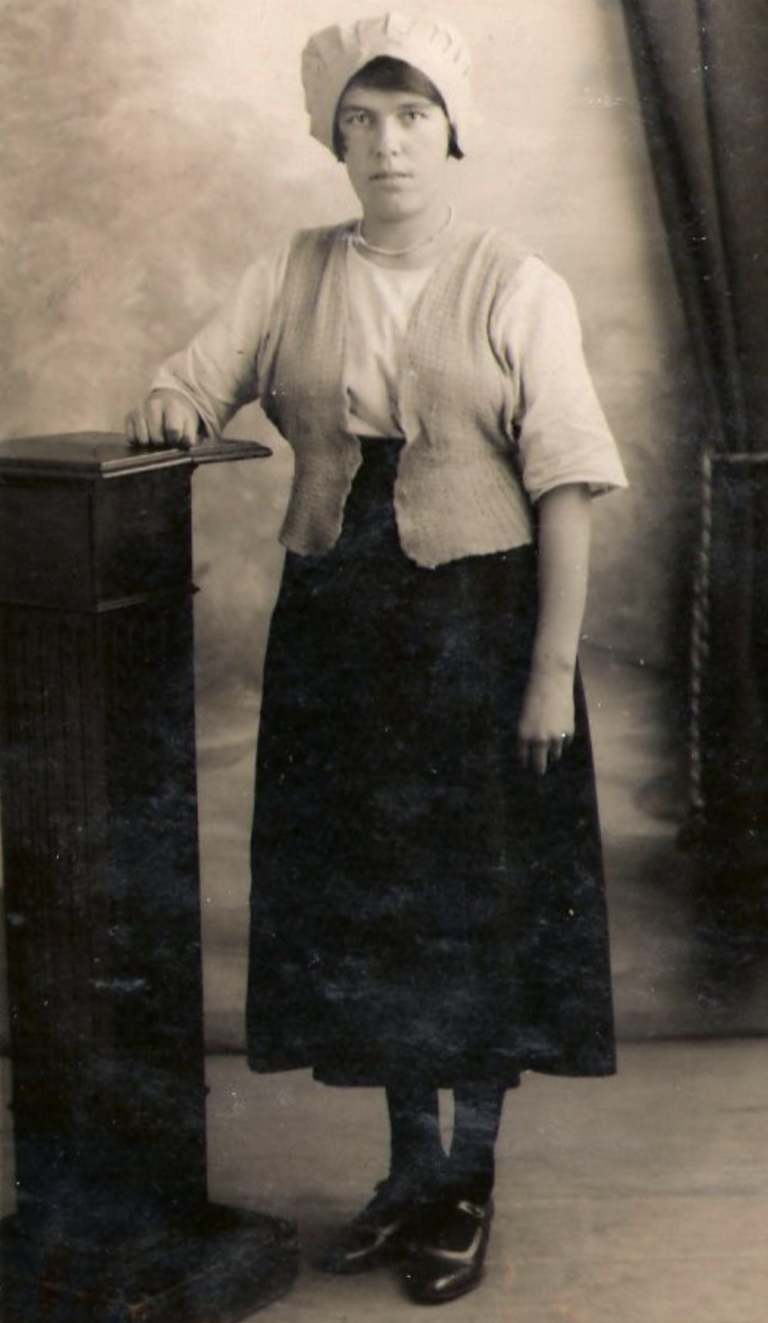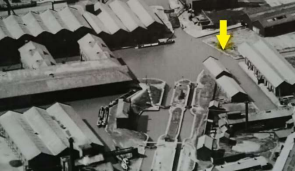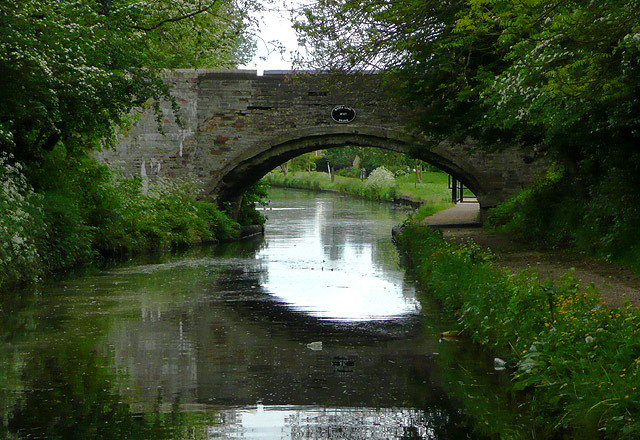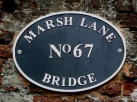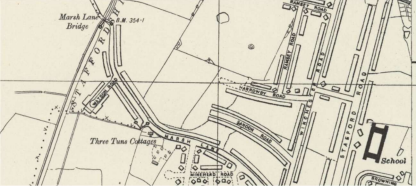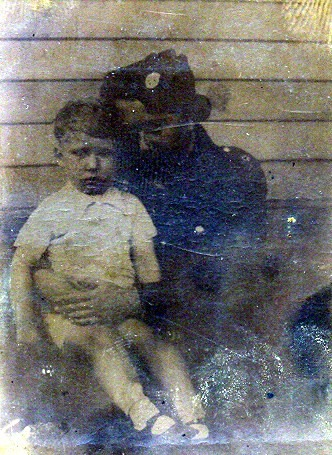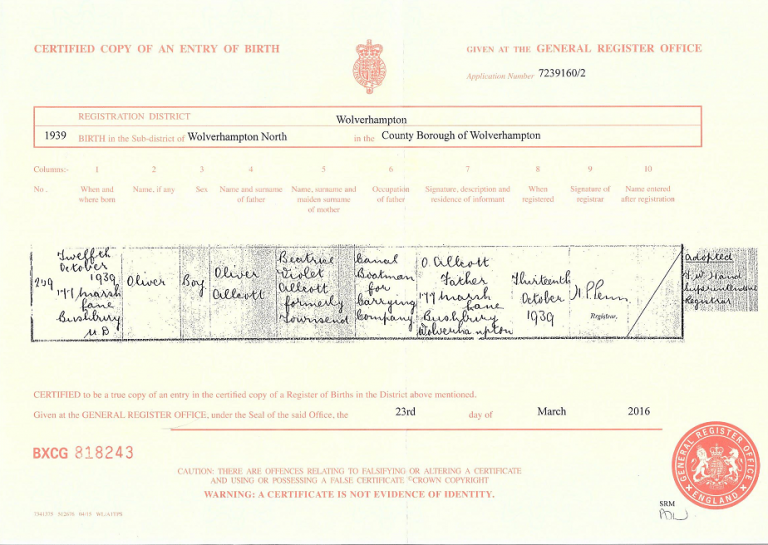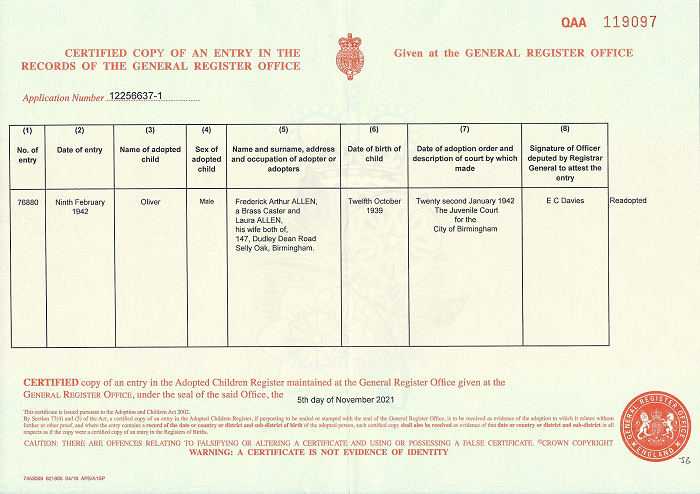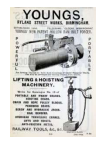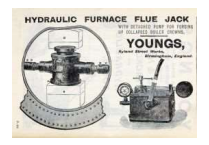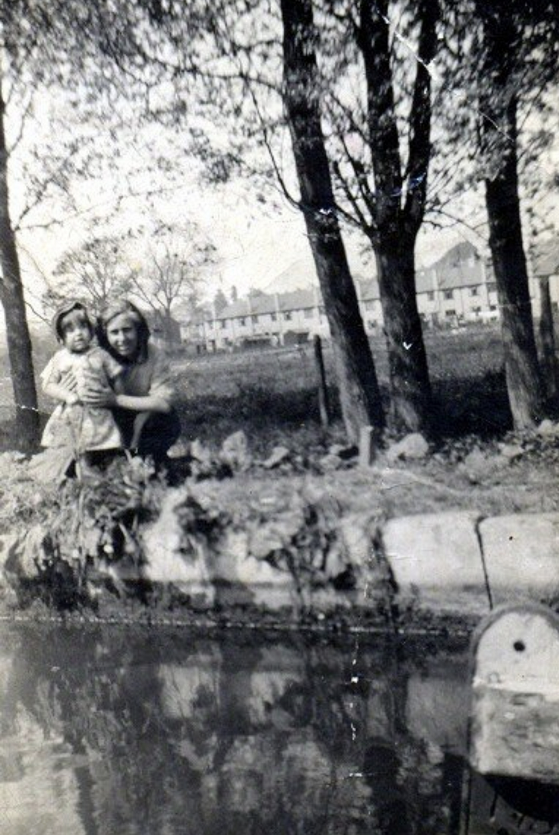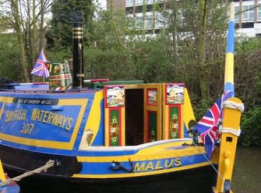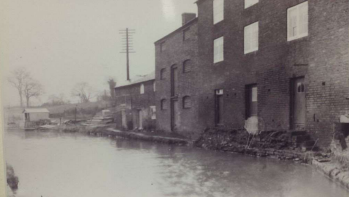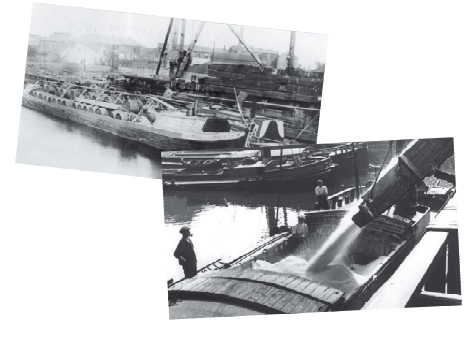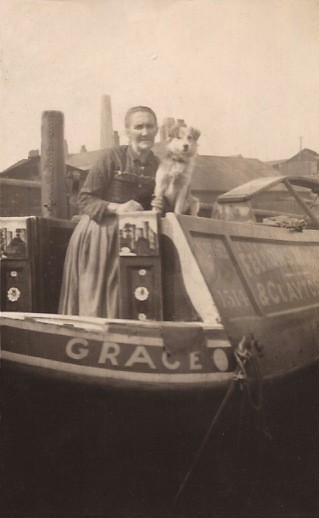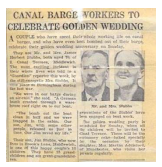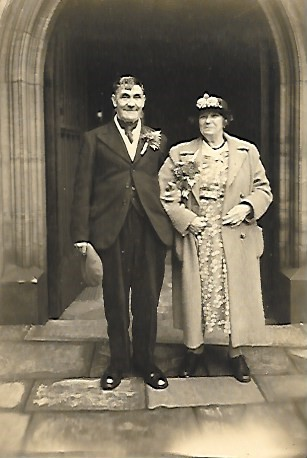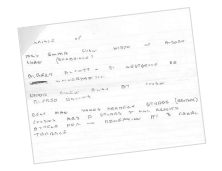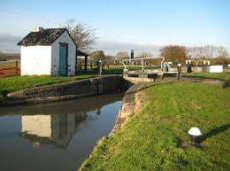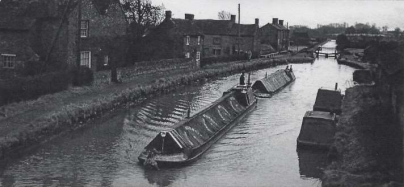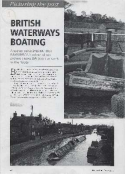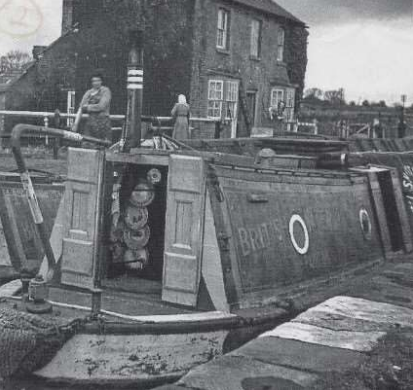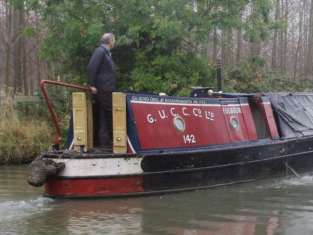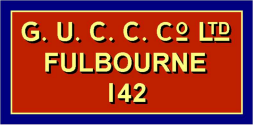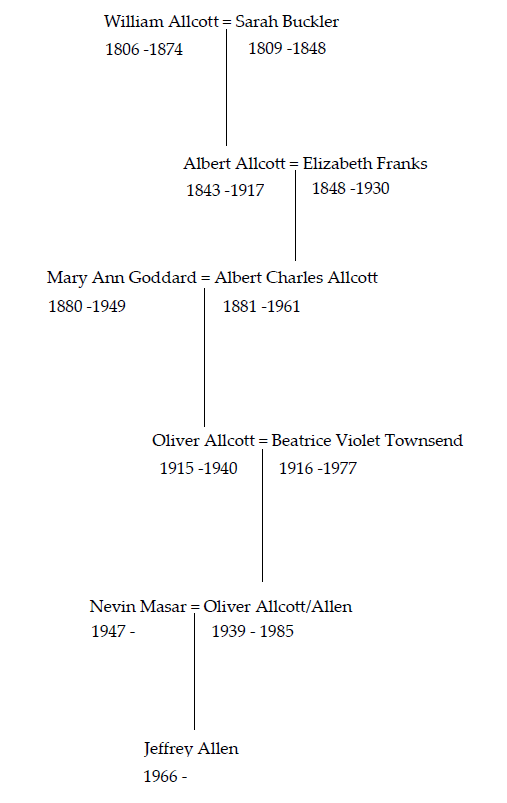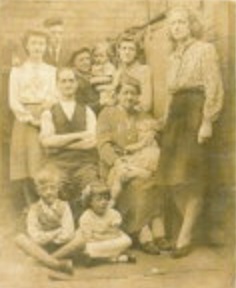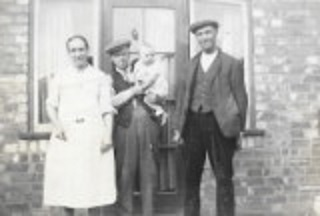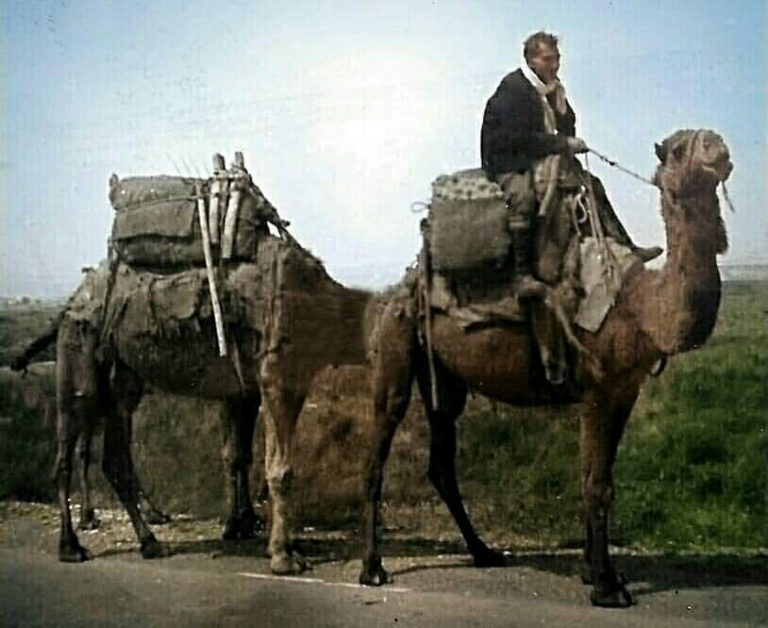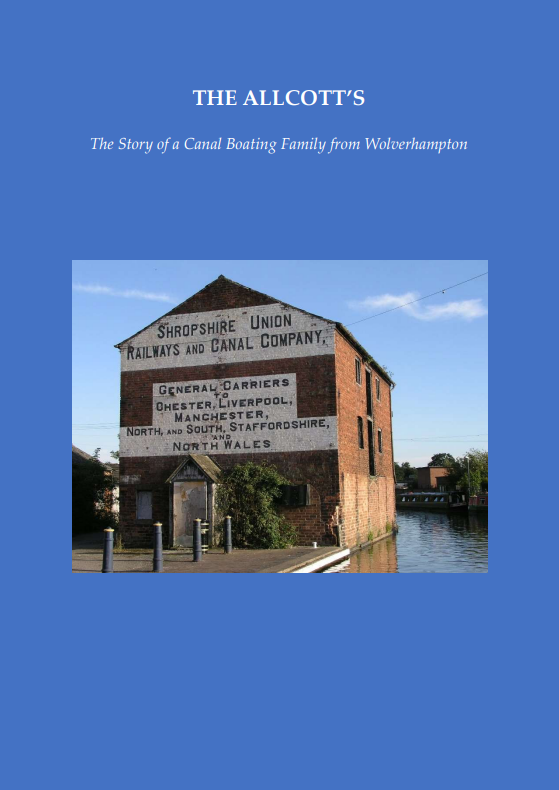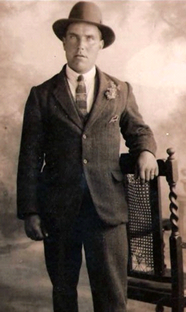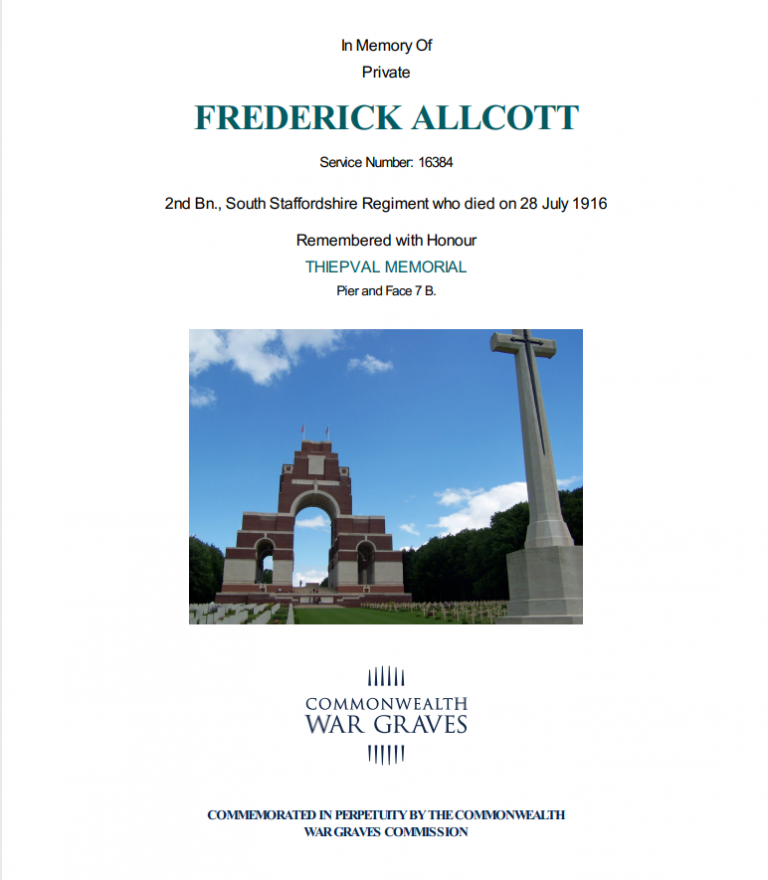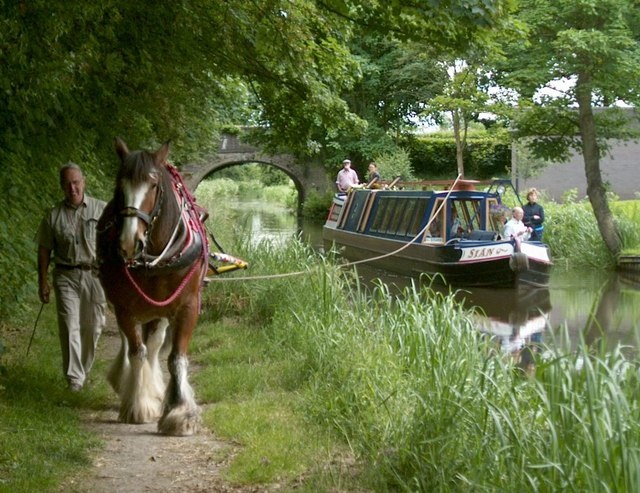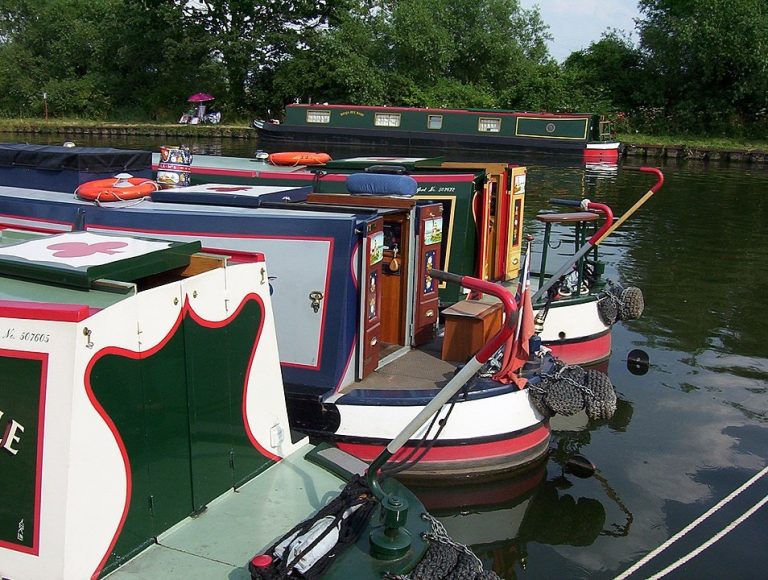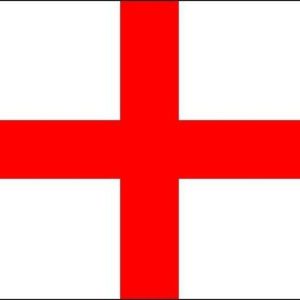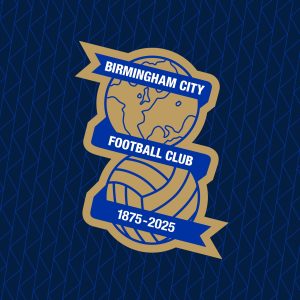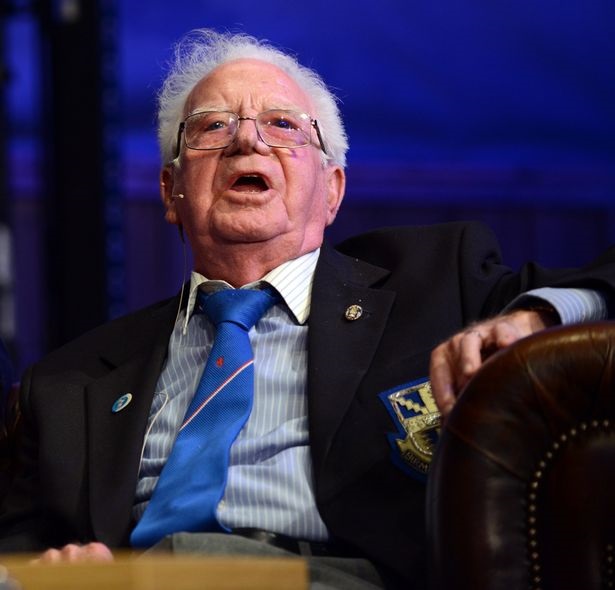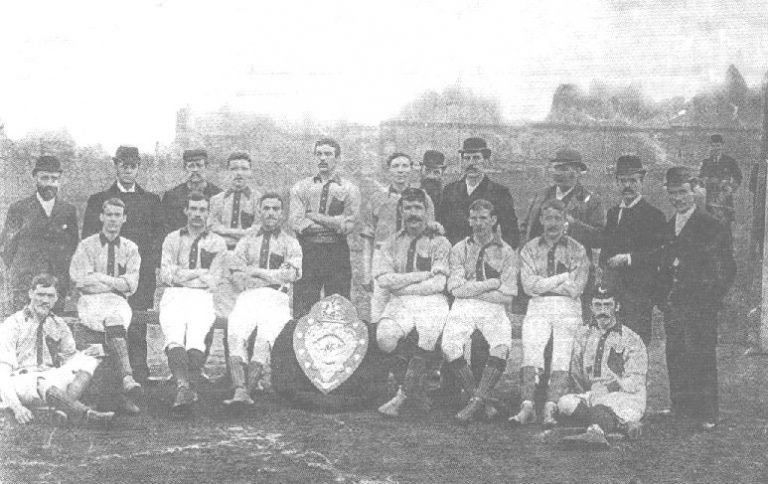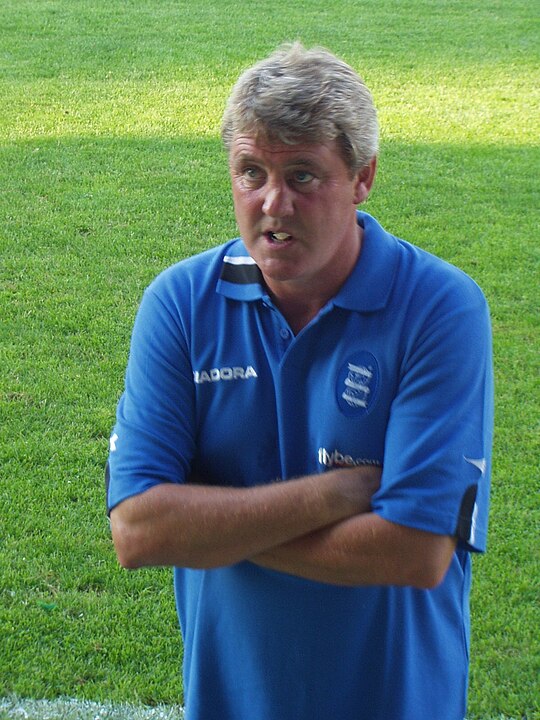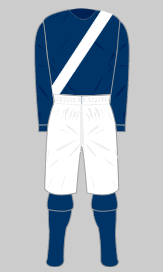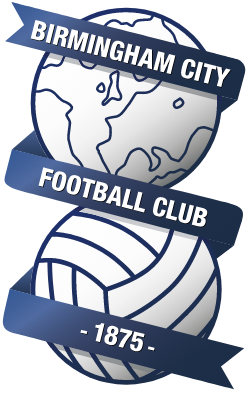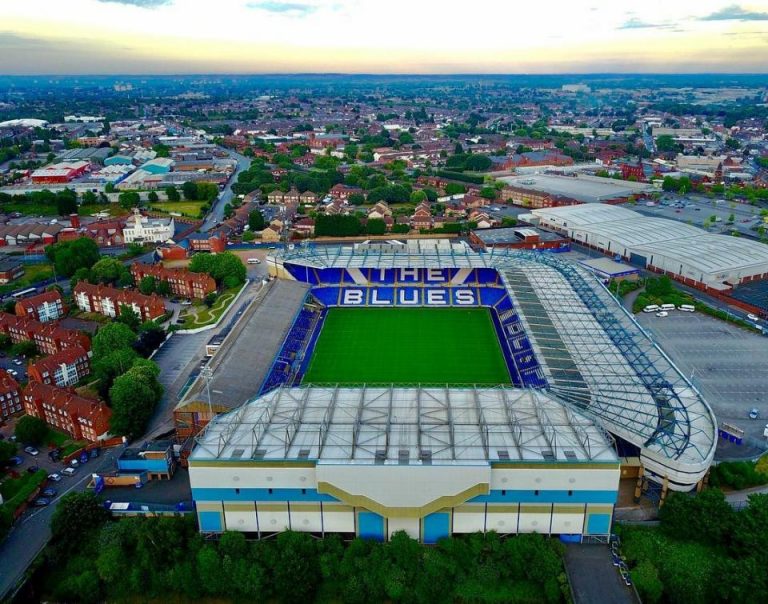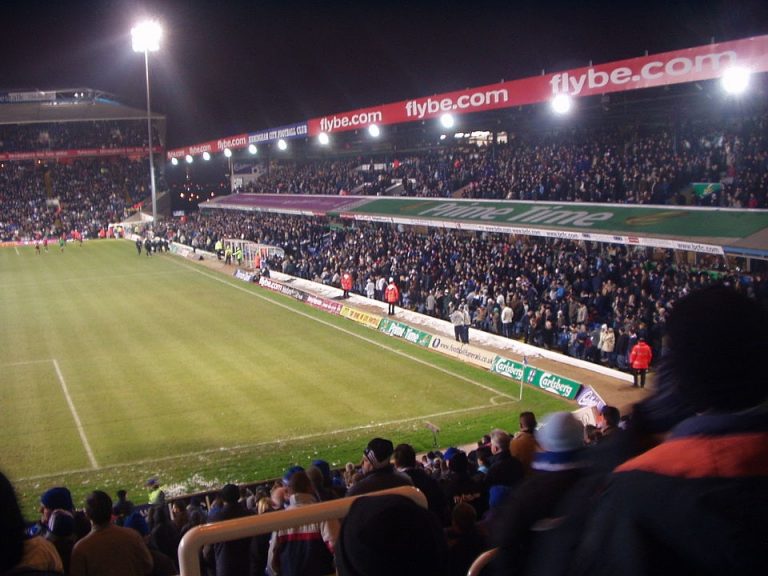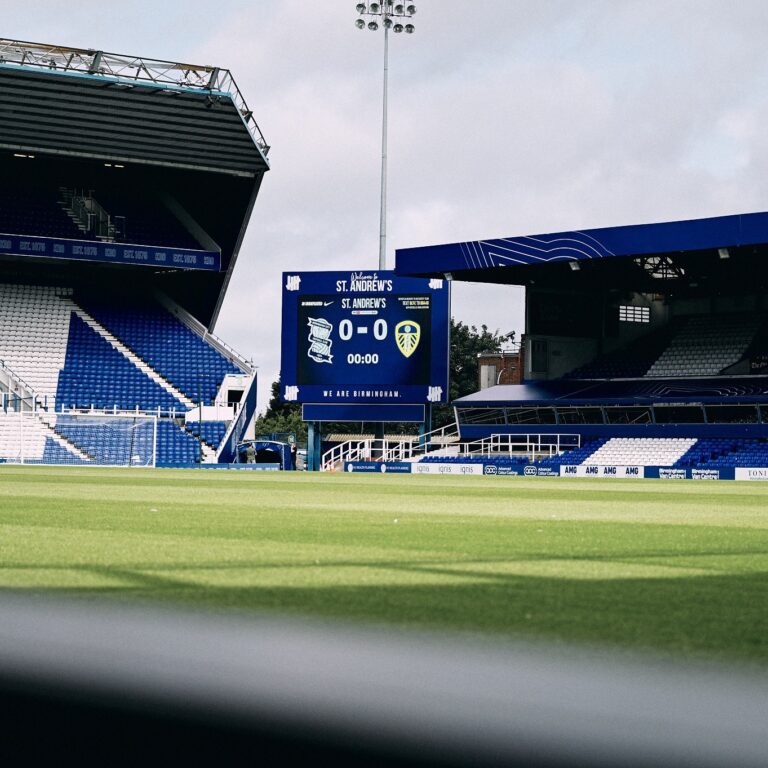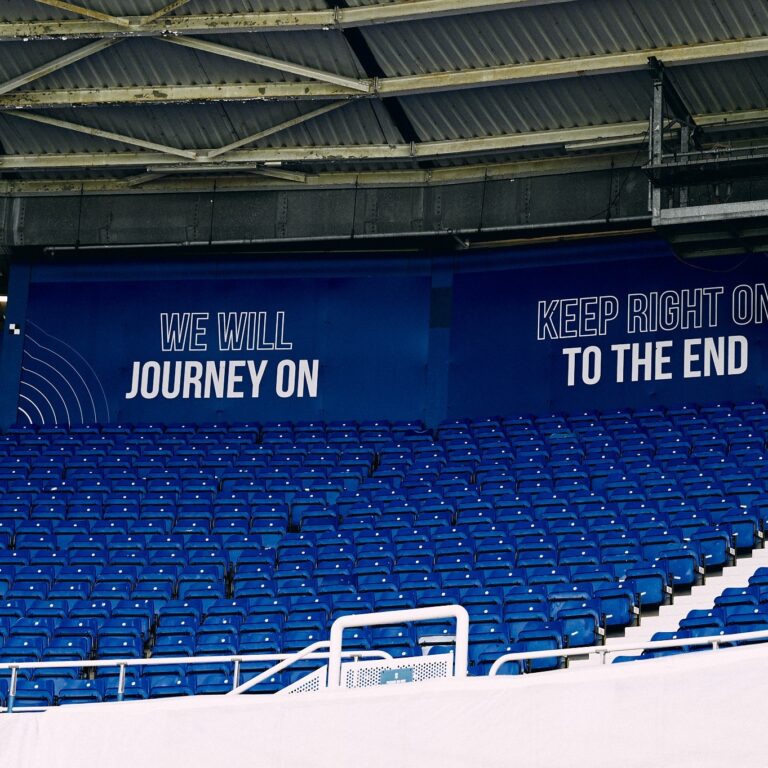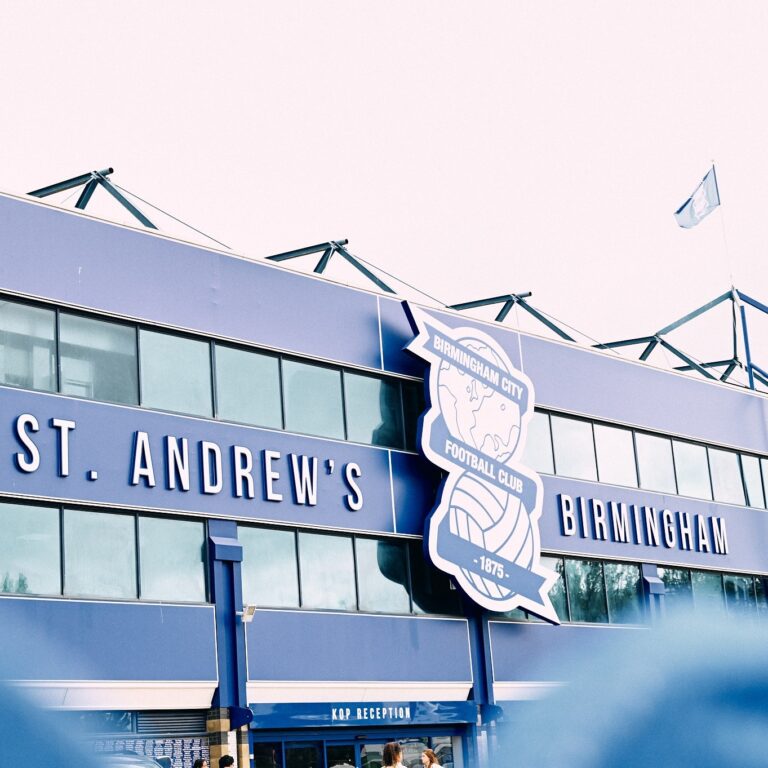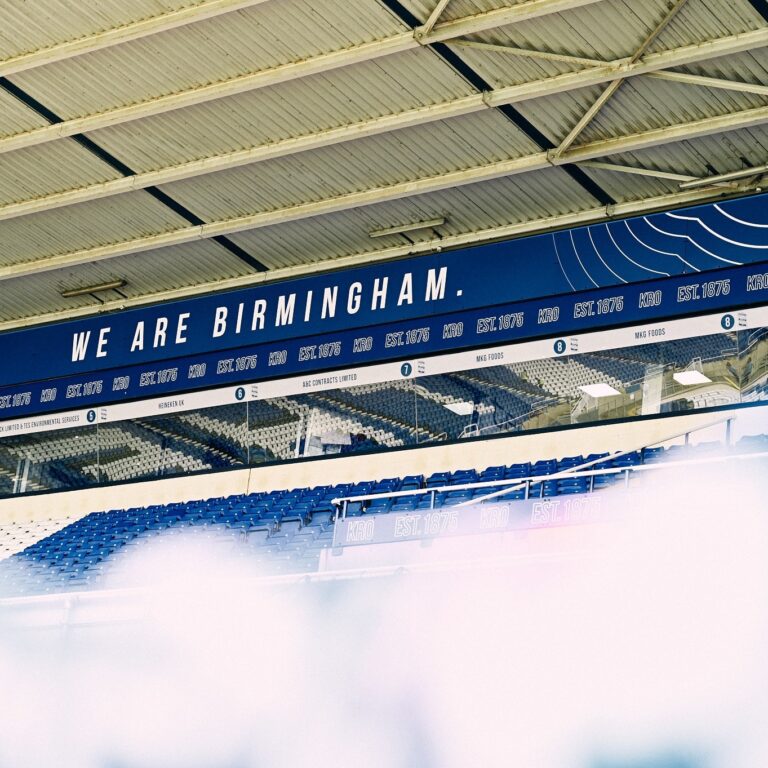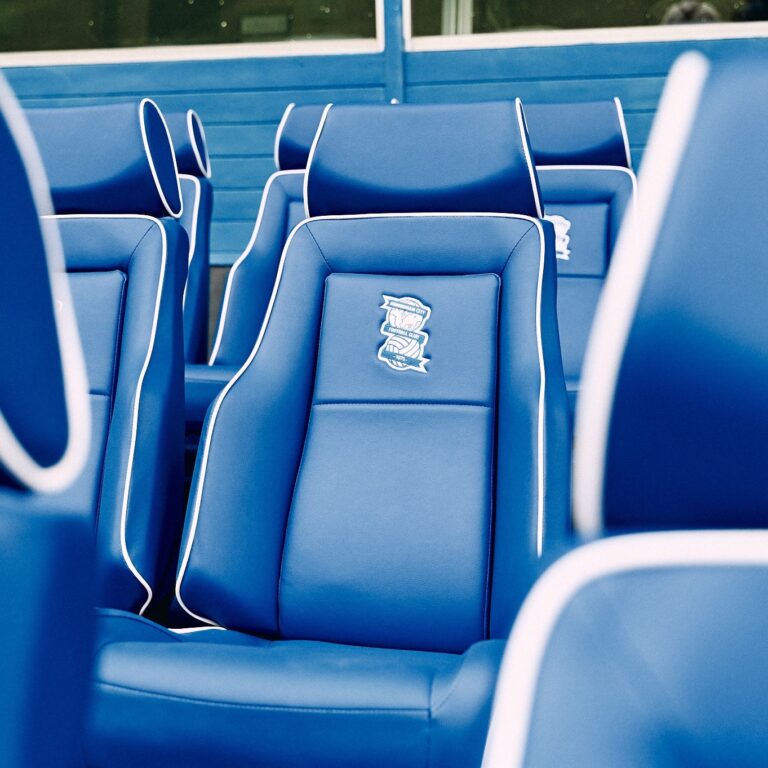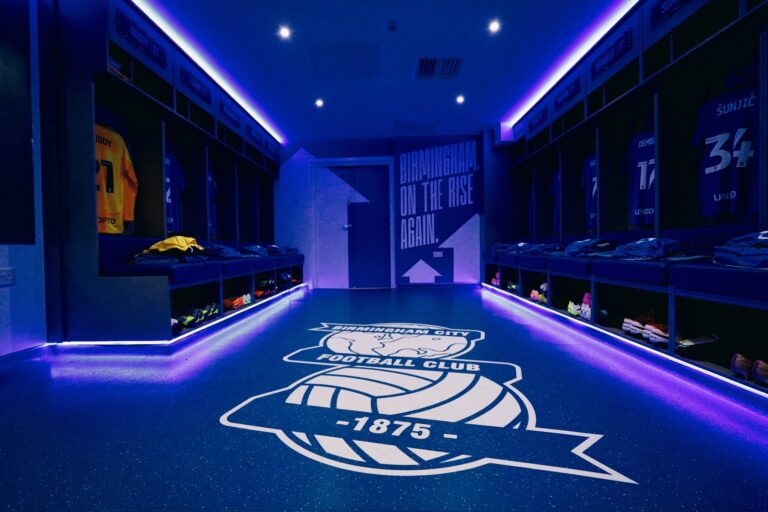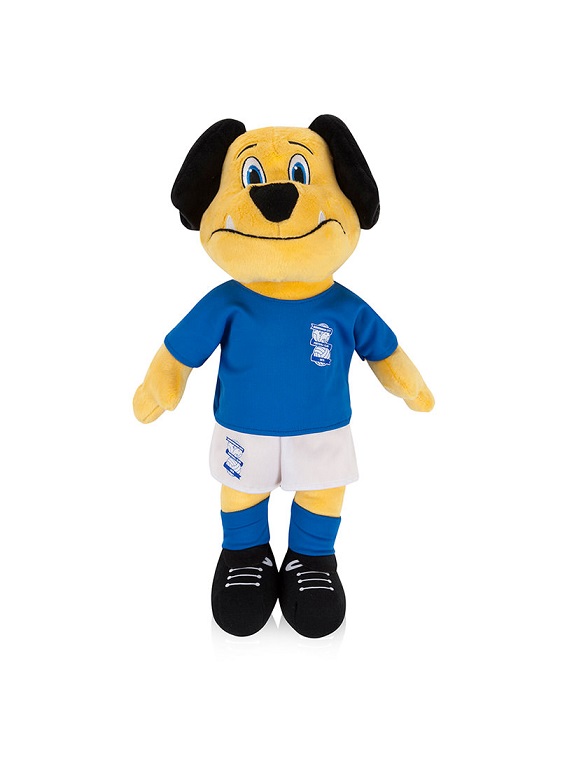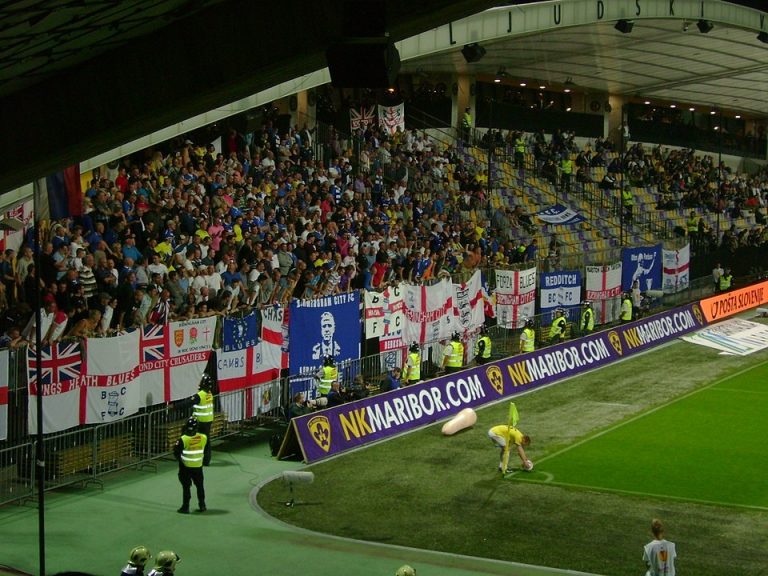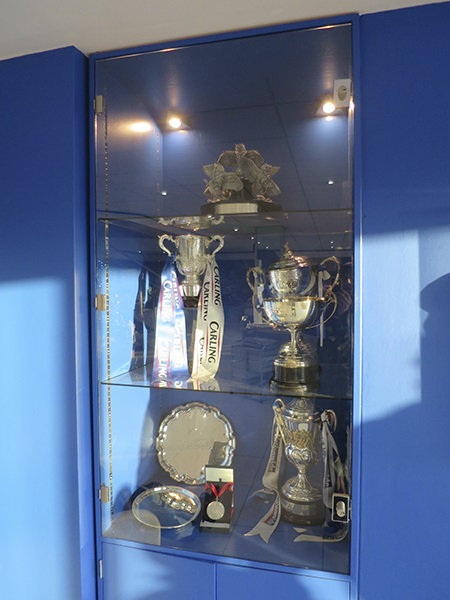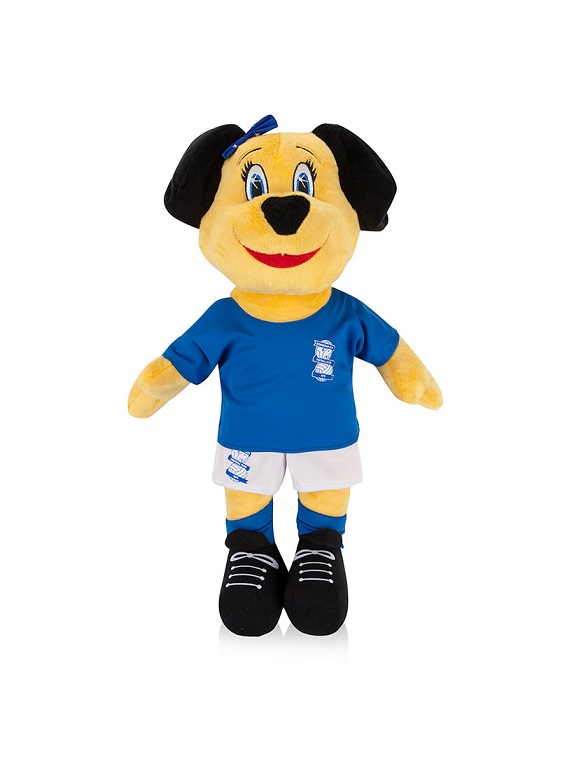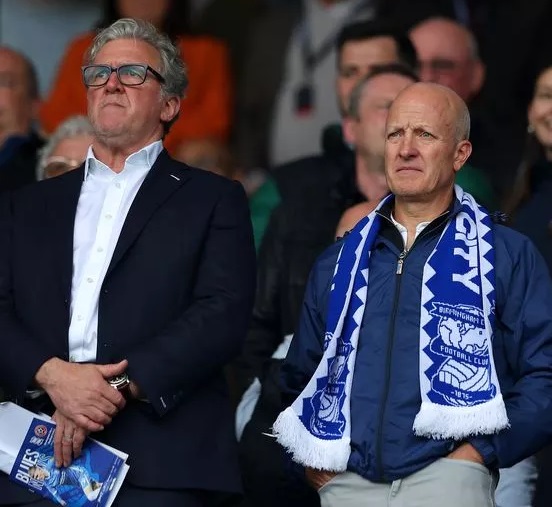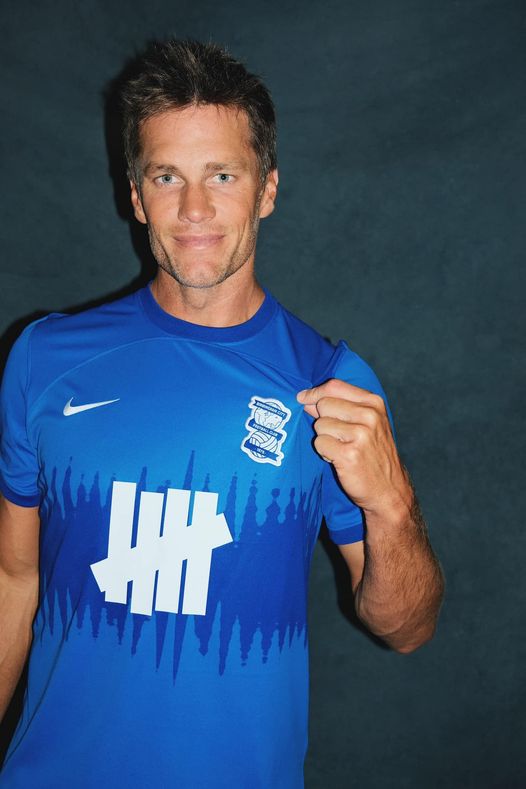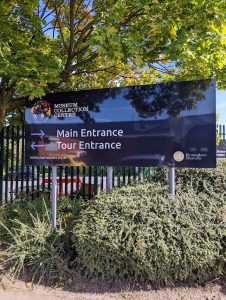
On Saturday 17th September 2022, I visited the Museum Collection Centre in Dollman Street, Nechells, Birmingham as part of Birmingham Heritage Week. I had been wanting to go there for a long time and I am glad I finally did for two reasons.
Firstly, this was the road where I used to live in the 1960’s, from when I was born in 1966, up until I left in 1970. Apart from a very brief return visit here with my Dad in a car when I was in my early days in secondary school (I think?), this was the first time I have been and walked up the whole of it on my own. It felt strange being here again because I can not recall any of it the first time around because I was a baby/toddler yet I felt at home.
Secondly, I knew I would see some things growing up from many visits to the Museum and Art Gallery and the old Science Museum. I wasn’t disappointed and they brought a smile to my face and good memories of going with my Mom and family when I was younger, to when I was a teenager going on my own or with friends and then with my kids when they were younger.
I didn’t take a photo of everything. I was going to but the place was bigger than I thought it would be, A LOT BIGGER. I only stayed on the bottom floor. I was given a map of the place but was too busy taking photos to realise there was another floor to explore. I am not sure if I saw everything on the ground floor, that is overwhelming this place was on my first visit.
As it was my phone ran out of battery anyway and I was only there for an hour and had to use my spare phone but I did manage to take over 200 photos!
I have edited them and sorted out the best ones to put in the gallery below. I couldn’t decide if they were to go in my West Midlands History or History category as they cover both so I decided they were worthy of their own album on this page.
I plan to go again for sure as there is a lot more I want to see that I missed out on the first time and have a better look at everything. If you are into West Midlands History and History like me then I HIGHLY RECOMMEND you visit the Museum Collection Centre in Birmingham, you won’t be sorry, I know I wasn’t.
The Museum Collection Centre Photos
Click here to see my photographic memories of my day out.
About The Museum Collection Centre
The Museum Collection Centre is the main store for Birmingham Museum Trust, holding over 80% of a collection of around a million items, many offering a real insight into life in Birmingham and the West Midlands over the centuries.
With only a small percentage of collections on display at Birmingham Museums, or on loan to other organisations, it is the only place to see collection items not normally on display.
A huge number of the objects are held on open storage in one very large warehouse which contains everything from aircraft engines to zoological specimens. Among the hundreds of thousands of objects stored here are steam engines, sculptures, cars, a giant spider crab, a retro chip fryer, and many more. Smaller objects, and objects that need more stable temperature and relative humidity, are stored in purpose-built spaces.
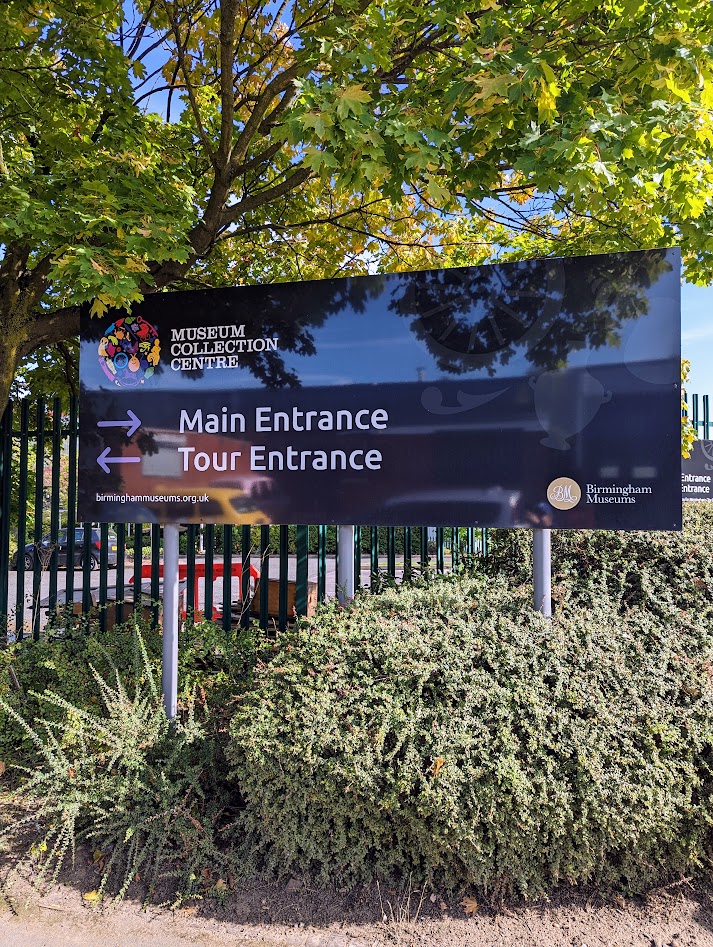
Opening Times
With its mix of fascinating finds and a behind-the-scenes atmosphere, this hidden gem is an intriguing place to explore. It is open to the public on designated open afternoons which take place every two weeks on a Friday. These open sessions last up to 1.5 hours and pre-booking is essential.
Visitors will only be admitted on scheduled open event afternoons and days.
Tickets for the Open Afternoons can be found on the What’s On page.

Address
Museum Collection Centre
25 Dollman Street
Nechells
Birmingham
B7 4RQ.
Click here to see how to get there.
For accessibility when you get there click here.
Facilities
Free car park.
Bicycle racks.
Toilets, including Disabled toilets.
Lifts to all floors.
A Place Of Work
The Museum Collection Centre is the main place of work for some of the staff who care for, research, or otherwise work with their collections, as well as the volunteers who support them in doing that. Their teams care for the collections in store (as well as those on display at our other sites) and work on improving the documentation of the collection.
Safety Notice
They want to make sure your visit is as safe and enjoyable as possible so some safety measures will continue:
They support staff and visitors who wish to wear a face covering.
Staff who test positive for COVID-19 will isolate at home for at least 5 days until they have two successive negative tests.
There are hand sanitisers at the entrance and throughout the building.
Contactless card payments will limit personal interaction, but cash will also be accepted.
They have cleaners working throughout the day focusing on touch points and toilets to keep them safe and clean.
Please do not visit them if you are feeling unwell, have any symptoms of Covid-19 or have been in contact with anyone that has had the virus in the last 10 days. Please contact them if you have any further questions.
Open Day
You can also visit their Open Day which runs as part of Birmingham Heritage Week each year, and includes activities for children, themed tours, and conservation demonstrations. The annual event will allow you to see a vast range of objects, often with a real focus on Birmingham and the West Midlands. The contrasting mix of objects and the behind-the-scenes atmosphere at the Museum Collection Centre make it an intriguing place to explore and discover more about museum stores.
The Open Day will also include a pop-up shop, meet the experts, curator tours, conservation demonstrations, family-friendly events, story telling, object handling and more.
Refreshments are available to purchase.
Pre-booking is essential. They expect high demand so please book early to avoid disappointment.
Your entry is timed so please arrive at your allotted time, late arrivals may not be able to enter.
Warm clothes are recommended and sensible footwear is essential for all.
Tickets for the next annual Open Day can be found on the What’s On page.
Blog Posts
The Museums Collection Photos: Page 1.
The Museum Collection: Photos – Page 2.
The Museum Collection: Photos – Page 3.
The Museum Collection: Photos – Page 4.
The Museum Collection: Photos – Page 5.
The Museum Collection: Photos – Page 6.
The Museum Collection: Photos – Page 7.
The Museum Collection: Photos – Page 8.
Notes And Links
The Museum Collection Centre entrance and exit image above is copyright of Chris Allen and was taken from Wikipedia. It comes with a Creative Commons licence.
All the above images are copyright of Frank Parker unless stated.
The Museum Collection Centre on Facebook.
The Museum Collection Centre on Twitter.
Birmingham Museums Collection – Find out more about Birmingham’s collections including art and design, human history, natural science and science and industry categories. Each category contains sub-categories full of useful information and great photos.
Birmingham Museums Trust’s Digital Asset Resource – Official website. There is no registration or log-in required to use this website for out-of-copyright collection images Download free Public Domain image files up to 3mb in size with free Creative Commons licenses. You are entitled to unlimited downloads. Also download free Audio Files complete with a license. These can be downloaded for non-commercial use only and attribution is required.
BirminghamMAG – Official YouTube channel. Birmingham Museums and Art Gallery provide world-class museums at the cultural heart of Birmingham.
Birmingham Museums – Official website.
Thinktank: Birmingham Science Museum – Official website.
Birmingham Museum And Art Gallery – Official website.
Aston Hall – Official website.
Blakesley Hall – Official website.
Museum Of The Jewellery Quarter – Official website.
Sarehole Mill – Official website.
Soho House – Official website.
Weoly Castle – Official website.
